Berlin Wall Memorial, Berlin: A Comprehensive Tourist Guide
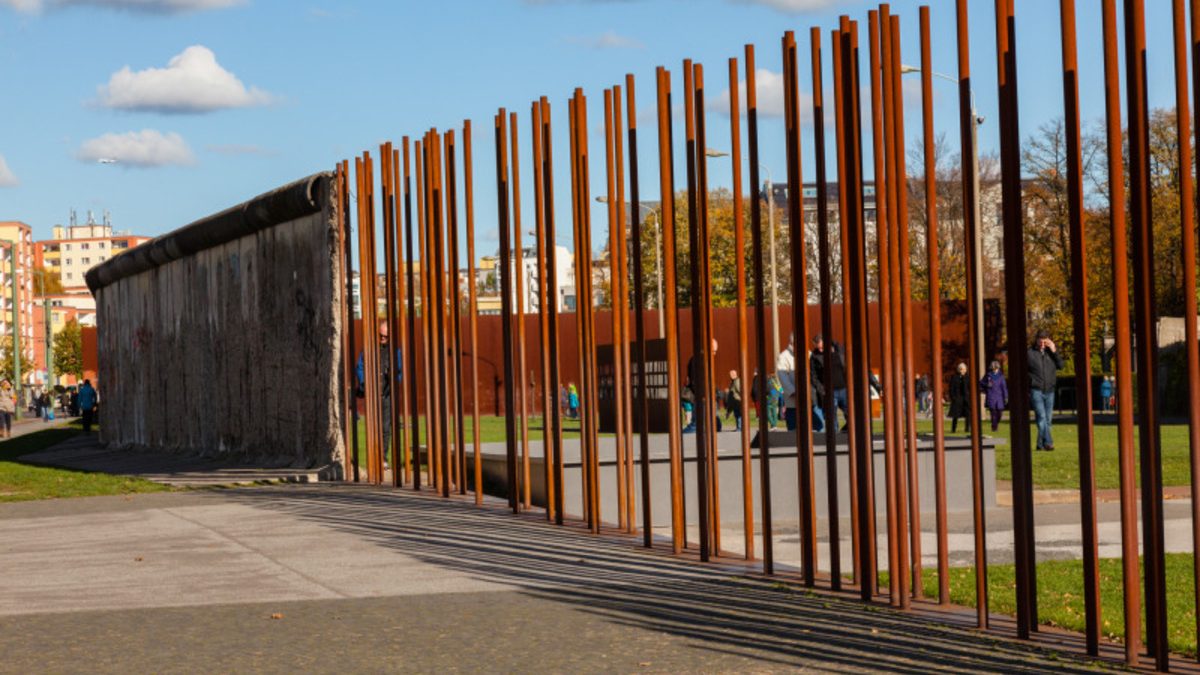
Berlin Wall Memorial, Berlin: A Comprehensive Tourist Guide
The Berlin Wall Memorial, located in the heart of Germany’s capital, stands as a poignant reminder of the division that once tore apart not only a city but also an entire nation. This historical site offers visitors an immersive journey through the tumultuous events of the 20th century, reflecting on the human stories and political tensions that defined the era. As you plan your visit, this guide aims to provide you with all the essential information, ensuring a memorable and enlightening experience.
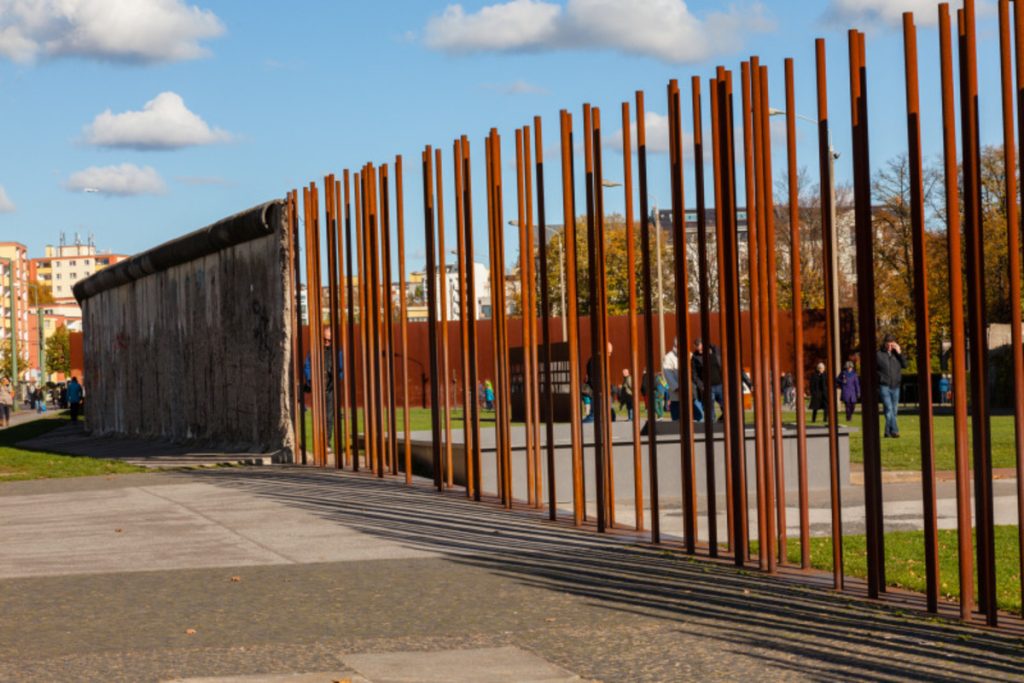
Historical Background
The Construction of the Berlin Wall
In the aftermath of World War II, Germany was divided into East and West, with Berlin, the capital, split between the Allied powers. On August 13, 1961, the East German government, backed by the Soviet Union, erected the Berlin Wall. This concrete barrier stretched approximately 155 kilometers (96 miles) and was fortified with watchtowers, guard dogs, and a no-man’s-land known as the “Death Strip.”
Life During the Division
The Berlin Wall not only separated families and friends but also became a symbol of the Cold War. For nearly three decades, East Berliners lived under a repressive regime, while West Berlin flourished as a beacon of freedom and prosperity. Numerous escape attempts were made, some successful but many ending in tragedy, highlighting the desperate yearning for freedom.
The Fall of the Wall
On November 9, 1989, the Berlin Wall fell, marking the beginning of the end of the Cold War. This momentous event was driven by widespread civil unrest, political pressure, and significant changes in Eastern Europe. The fall of the Berlin Wall paved the way for the reunification of Germany, which was officially completed on October 3, 1990.
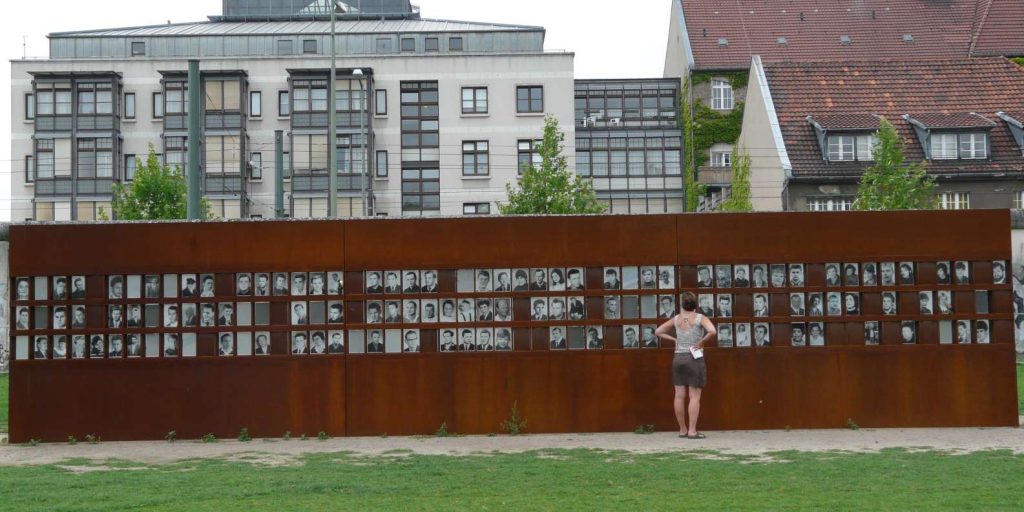
The Berlin Wall Memorial
Overview
The Berlin Wall Memorial is located on Bernauer Strasse, a street that became infamous during the division due to its dramatic scenes of escapes and border fortifications. This memorial site offers a comprehensive look at the history of the Berlin Wall, preserving remnants of the original structure and providing educational exhibits.
Key Attractions
The Documentation Center
The Documentation Center serves as the heart of the Berlin Wall Memorial. It features a wealth of historical documents, photographs, and multimedia presentations that chronicle the Wall’s history from its construction to its fall. The center’s observation deck offers a panoramic view of the memorial site, providing a unique perspective on the preserved sections of the Wall.
The Chapel of Reconciliation
The Chapel of Reconciliation stands on the site of the former Church of Reconciliation, which was demolished by the East German authorities in 1985 to make way for the Wall’s fortifications. The chapel, built in 2000, serves as a place of reflection and remembrance, honoring those who suffered and lost their lives during the division.
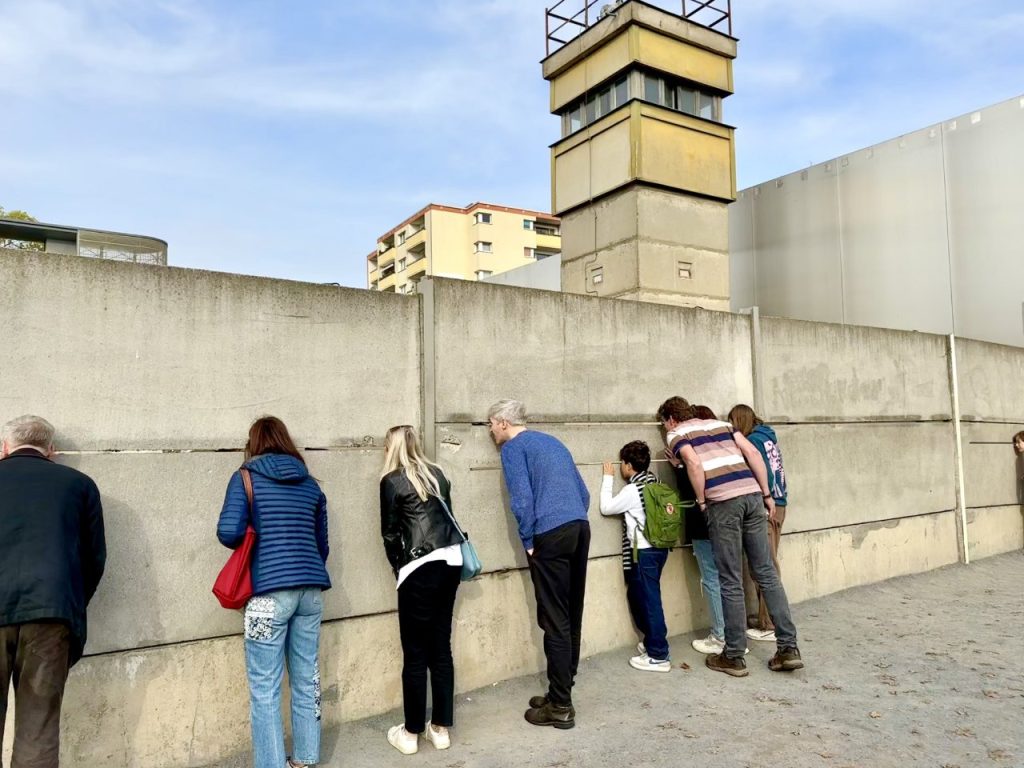
The Outdoor Exhibition
The outdoor exhibition stretches along Bernauer Strasse and features information panels, photographs, and audio stations that detail significant events and personal stories related to the Berlin Wall. Visitors can walk along the former “Death Strip,” gaining a deeper understanding of the challenges faced by those who lived under its shadow.
The Window of Remembrance
The Window of Remembrance is a poignant tribute to the individuals who died attempting to escape from East to West Berlin. This installation includes photographs and biographies of the victims, serving as a somber reminder of the human cost of political division.
Guided Tours
To enhance your visit, the Berlin Wall Memorial offers guided tours led by knowledgeable historians. These tours provide in-depth insights into the historical context, architectural features, and personal stories associated with the Wall. Group and private tours are available, catering to different interests and schedules.
Practical Information
Opening Hours
The Berlin Wall Memorial is open daily, with extended hours during the summer months. It is advisable to check the official website for the most up-to-date information on opening times and any special events or closures.
Admission Fees
Admission to the Berlin Wall Memorial and its permanent exhibitions is free of charge. However, donations are welcomed to support the preservation and educational efforts of the site. Some special exhibitions or guided tours may have a nominal fee.
How to Get There
The Berlin Wall Memorial is easily accessible by public transport. The nearest U-Bahn station is Bernauer Strasse (U8), and several bus lines stop nearby. For those preferring to drive, there are parking facilities in the vicinity, though availability may be limited.
Accessibility
The memorial site is committed to being accessible to all visitors. Most areas, including the Documentation Center and outdoor exhibitions, are wheelchair accessible. Audio guides and materials in multiple languages are available to accommodate international visitors.
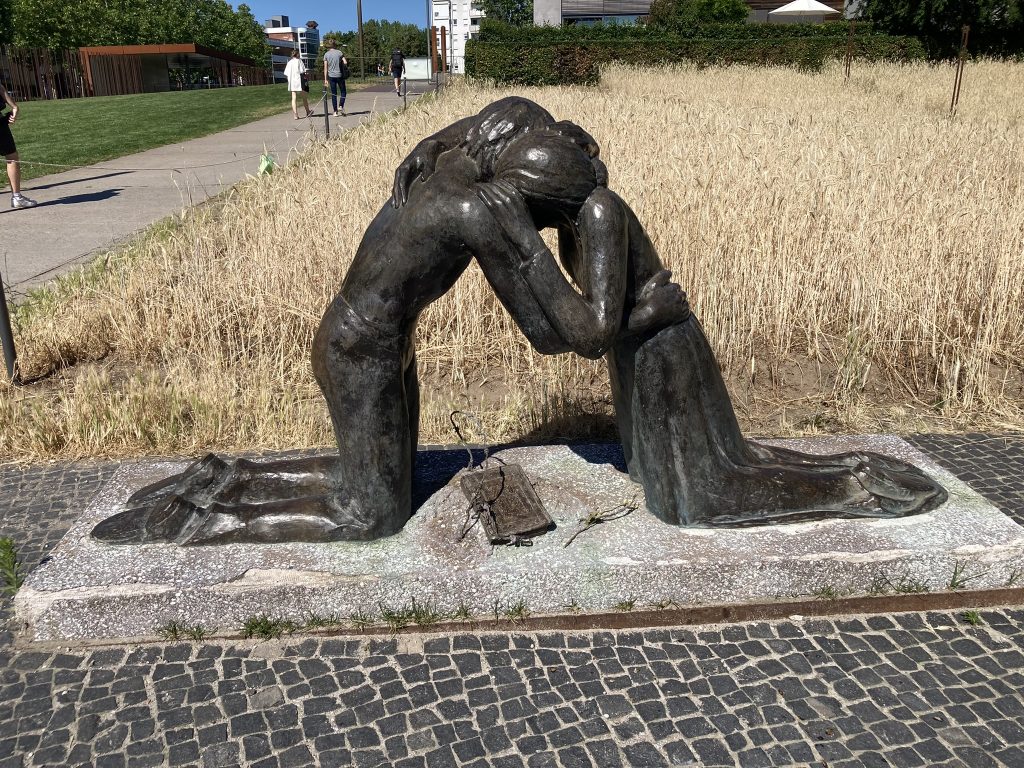
Visitor Tips
- Plan Ahead: Given the memorial’s extensive exhibits and historical significance, allocate at least half a day to explore the site thoroughly.
- Wear Comfortable Shoes: The outdoor exhibition covers a considerable distance along Bernauer Strasse, so comfortable footwear is recommended.
- Respect the Site: The Berlin Wall Memorial is a place of reflection and remembrance. Visitors are encouraged to behave respectfully and considerately.
- Photography: Photography is allowed in most areas of the memorial, but be mindful of signs indicating restricted zones.
Nearby Attractions
The Berlin Wall Museum at Checkpoint Charlie
Checkpoint Charlie, one of the most famous border crossings during the Cold War, now houses a museum that offers a detailed account of the history and significance of the Berlin Wall. The museum features a wide range of artifacts, including escape devices, original documents, and personal stories of those who lived through the era.
The East Side Gallery
The East Side Gallery is an open-air gallery that stretches 1.3 kilometers (0.8 miles) along the former Berlin Wall. This iconic site features over 100 murals painted by artists from around the world, each depicting themes of freedom, hope, and unity. The vibrant artworks make it a must-visit destination for those interested in contemporary art and history.
The Brandenburg Gate
The Brandenburg Gate, located near the heart of Berlin, is another significant historical landmark. This neoclassical monument became a symbol of German reunification and is a short distance from the Berlin Wall Memorial. Visitors can combine a trip to the gate with their exploration of the Wall’s history.
The Memorial to the Murdered Jews of Europe
Also known as the Holocaust Memorial, this poignant site is dedicated to the six million Jewish victims of the Holocaust. The memorial consists of 2,711 concrete slabs of varying heights, creating a powerful and contemplative atmosphere. It is located within walking distance of the Berlin Wall Memorial and offers a profound complement to the historical narrative of the city.

Conclusion
The Berlin Wall Memorial stands as a testament to the resilience of the human spirit and the triumph of freedom over oppression. By visiting this historic site, you not only honor the memory of those who suffered and died but also gain a deeper understanding of the events that shaped modern history. Whether you are a history enthusiast, a student, or a casual traveler, the Berlin Wall Memorial offers a rich and moving experience that will stay with you long after your visit.
Incorporate this guide into your travel plans, and take the time to reflect on the lessons of the past while exploring the vibrant and dynamic city of Berlin. The Berlin Wall Memorial is more than just a historical site; it is a symbol of hope, unity, and the enduring quest for freedom.
Links
Go To Europe
Go to Asia
Go To Africa
Go to America
-
Berlin Wall Memorial, Berlin: A Comprehensive Tourist Guide
Berlin Wall Memorial, Berlin: A Comprehensive Tourist Guide The Berlin Wall Memorial, located in the heart of Germany’s capital, stands as a poignant reminder of the […]

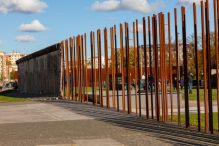



2 Comments
[…] Berlin Wall Memorial, Berlin: A Comprehensive Tourist Guide […]
[…] Berlin: After the war, Berlin was divided into East and West Berlin, with the construction of the Berlin Wall in 1961, which became a symbol of the Cold War. The wall separated families and friends for nearly […]